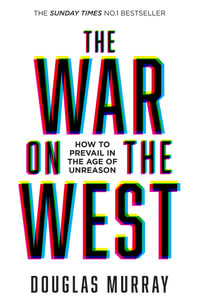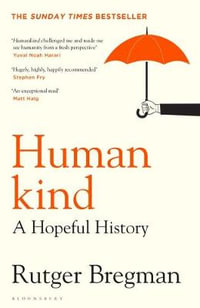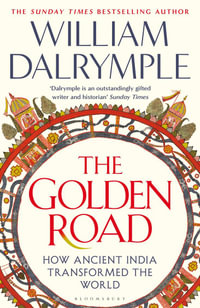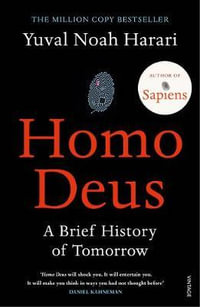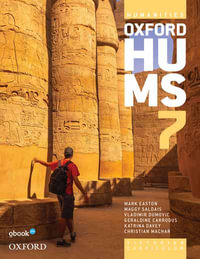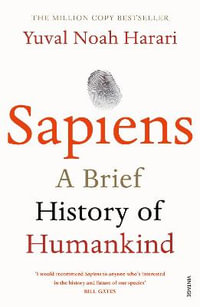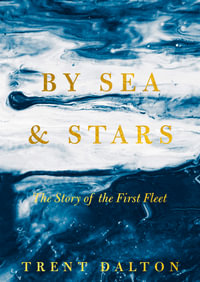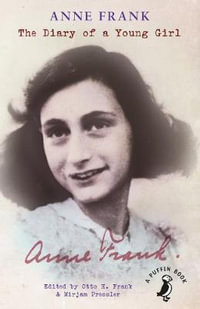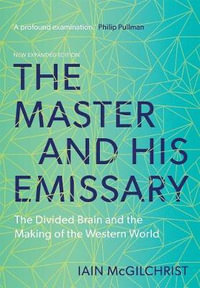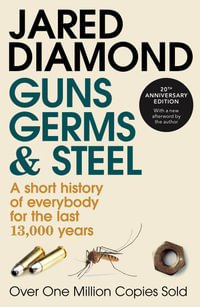"Natural Things is a creative, exciting, and genre-defying volume that helps readers to understand natural history more attentively and capaciously. The volume puts nature back into nature, and follows natural things across built environments, ecological niches, and academic fields, embracing the unruliness required if one puts them, rather than people, at the centre."
Surekha Davies, Ph.D. Researcher, Department of History and Art History, Utrecht University, the Netherlands
"What better can be said of a book than that it impels the reader to realize things are not as they seem, nor can they be easily categorized, especially not into binary classifications such as natural/unnatural, live/dead, human/nature, indigenous/exotic, west/east, and subject/object. This is a volume full of surprises, changelings, liminalities, and polyvalent meanings. In its capacious and always fascinating roving around the terrains, ecologies, and intersections of material culture, global exchange, environmental history, and the history of knowledge and science/nature studies, Natural Things will unsettle assumptions and introduce instabilities into seemingly fixed points of reference. Read it!"
Pamela H. Smith, PhD, Seth Low Professor of History, Columbia University, New York
"This excellent collection of essays brings alive crucial exchanges of ideas and objects that characterize the scientific and cultural history of the early modern world. Combining archival erudition, critical historiography, and imaginative visualization, this book is an inspiring new resource for teaching as well as further research. In evocative essays, we are reminded that 'seeing' things that make up various understandings of nature should be understood as an active pursuit, whether for us today or in the way we ascribe it to past peoples whose imaginations we try to bring to life in our work. The book provides one of the most successful cases I know for using images as crucial historical evidence rather than as indexical illustrations."
Shahzad Bashir, Aga Khan Professor of Islamic Humanities, Brown University USA
"This visually arresting and all-absorbing book takes the reader on a kaleidoscopic journey across the world from the Pacific Islands to South Asia, from the Atlantic world to Europe and the Americas at a time in which humans profoundly redefined their relationship with the global natural world. By bringing material culture, ecology, technologies, science and economy into conversation, Natural Things defies disciplinary boundaries and redefines our understanding of nature. It does so by considering a number of surprising 'things', among which an pink edible animal and a carnivorous plant; an anti-poison stone and one of the most toxic plants; the produce of the intestines of a sperm whale and a delicious beverage to be sipped in company. After reading Natural Things, when you step out of your front door, you'll never see the world with the same eyes, and you'll notice 'things' that you had not appreciated before!"
Giorgio Riello, Professor of Early Modern Global History, European University Institute, Florence, Italy
[This book] pushes readers (...) to begin to ask questions about the natural histories of other organisms and to question more closely long-standing narratives about plant discovery and botany. It's an interesting blend of more traditional history of science with the newer fields of critical plant studies and the plant humanities, which are also at work enriching our views of the floral world.
Maura Flannery, Herbarium World (August 2023)
"The volume (...) offers a brilliant contribution to the study of non-European knowledge about nature. A rich and pathbreaking volume that, rather than simplifying, sketches a more complex and nuanced picture of the histories of early modern natural things and the humans they met along their ways"
Lavinia Gambini, Journal of Early Modern History 27 (2023) 555-568.
"Like any worthy Wunderkammer, to reap its finer rewards this eclectic collection demands close looking and deep reading, if not several return visits. Smartly designed, edited, and formatted in the manner of a weighty exhibition catalog, Natural Things in Early Modern Worlds falls into that venerable hybrid genre that since the Enlightenment has sought to marry art and nature. At the same time, it mimics a current trend in museography, wherein visual artists are invited to mount critical interventions within the museum's galleries."
Mark Thurner, Hispanic American Historical Review





